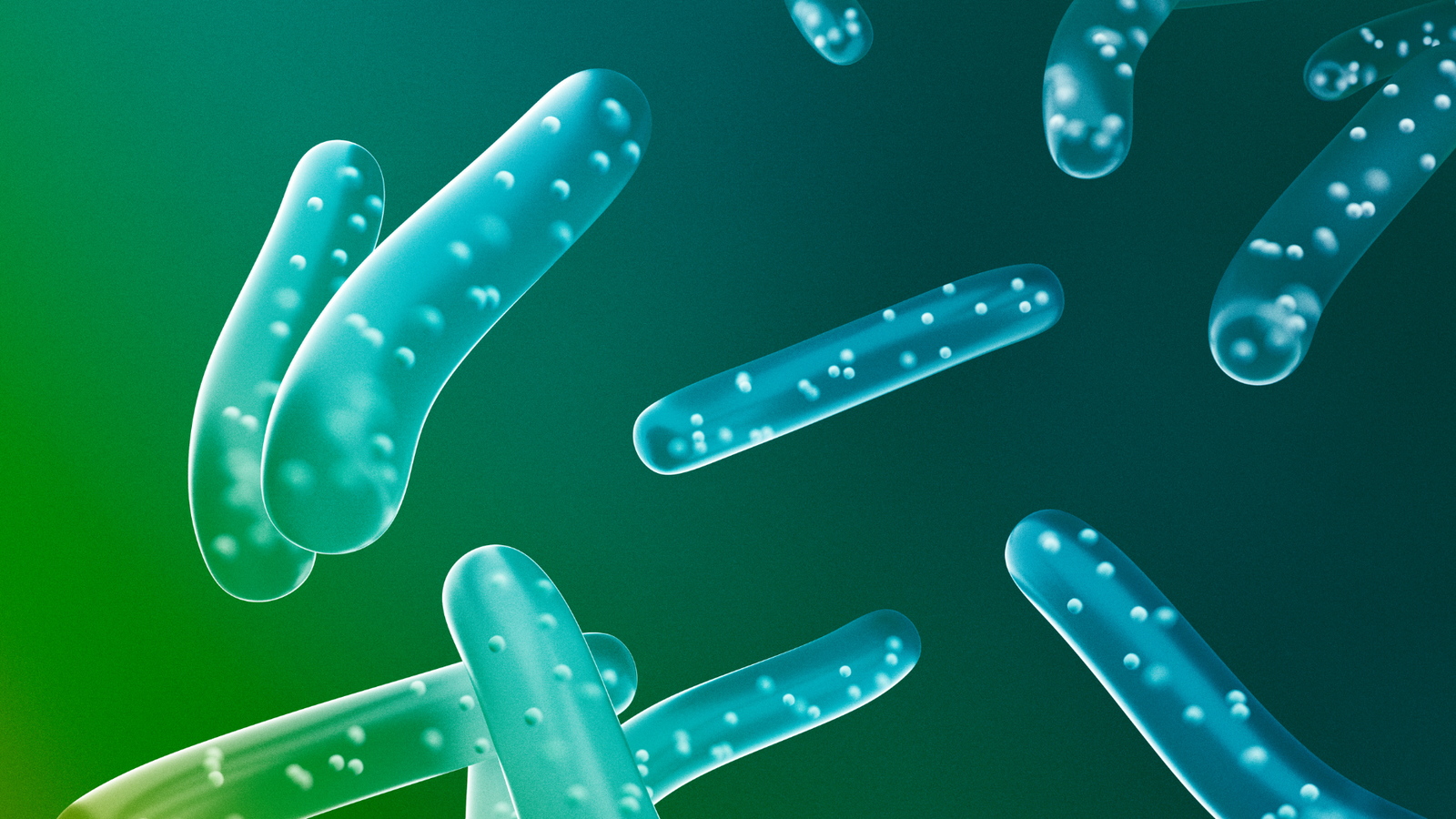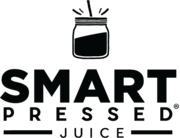Your Cart is Empty
Free shipping on Orders $79+
Free shipping on Orders $79+
Explore

Hungry or Just Your Gut Bacteria Talking? How Microbes Influence Cravings
September 21, 2023 2 min read
We've all been there. It's late at night, and you're suddenly craving that bar of chocolate or that bowl of salty chips. While it might be easy to brush off these desires as a lack of self-control, emerging research suggests there might be another player in the game: the billions of bacteria living inside your gut.
The Good, The Bad, And The Hungry
Our gut houses a complex and diverse community of bacteria, viruses, and fungi, collectively known as the gut microbiota.
These tiny inhabitants play a critical role in our overall health, from aiding in digestion to regulating our immune system.
However, recent studies are hinting at an even more intriguing connection – our gut bacteria might be influencing what we eat by orchestrating our cravings.
Bacteria Might Be Shaping Your Food Cravings
So, how does this work? Bacteria, like all living organisms, need certain nutrients to survive. Some types of bacteria thrive on sugars, while others might prefer fiber or fats.
When these bacteria want more of their preferred food source, they might release signaling molecules that interact with our nervous system, subtly nudging us towards foods that contain those nutrients.
Moreover, these microbes can influence our mood by producing or influencing the production of neurotransmitters. For instance, certain bacteria can produce compounds that get converted into serotonin – a neurotransmitter associated with feelings of happiness and well-being.
If our gut bacteria benefit from a particular type of food, they might make us feel better when we eat it, reinforcing that dietary choice.
The conclusion? While "good" bacteria can support healthy food choices, "bad" bacteria might cause you to crave sugars, fats, and other unhealthy foods.
Feedback Loop: Diet and Bacteria
It's not just a one-way street. The food we eat can also shape the composition of our gut microbiota.
For instance, a diet rich in fiber can promote the growth of bacteria that break down plant fibers, whereas a sugar-rich diet might support bacteria that thrive on simple carbohydrates.
Over time, as these specific bacterial populations grow or diminish, they can further influence our dietary preferences in their favor.
Implications for Health and Weight Management
Understanding this complex interplay between gut bacteria and cravings can potentially revolutionize the way we approach diets and weight management.
If certain bacterial strains push us towards unhealthy foods, then manipulating our gut microbiota could be a novel way to combat obesity and other diet-related diseases.
Gut-Friendly Fiber: The Key To Controlling Cravings
Certain types of fiber, known as prebiotics, serve as food for beneficial gut bacteria. These microbes ferment the fiber, producing short-chain fatty acids (SCFAs) like butyrate, propionate, and acetate, which have numerous health benefits.
This is exactly what our gut-friendly formula, Pineapple Chia Cleanse, was designed to do: support your gut microbiota by feeding the "good" bacteria.
Over time, this can result in reduced unhealthy cravings - and who knows, maybe one day you'll find yourself craving kale!
{"themeColor":"#574CD5","iconColor":"#574CD5","showLogo":true,"topBottomPosition":10,"rightLeftPosition":10,"iconSize":"small","iconCustomSize":64,"position":"bottom-left"}

